Robidoux Row
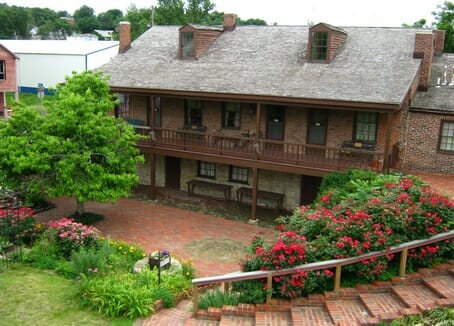

It is believed that the structure referred to as Robidoux Row located on the northwest corner of Third and Poulin Streets was constructed during the 1840’s and finally completed in the 1850’s.
The building was probably built in three sections over a period of about ten years. The building is constructed of bricks supported on a native limestone foundation.
Many history books refer to Robidoux Row as the “oldest or first apartment house west of the Mississippi”. We are not sure is this is correct or not, but it was an early adventure in apartment building. those books also make mention of seven apartments. If this is true, then each apartment would have consisted of two rooms, back to back, with one facing south and the other facing north. Architects during the restoration believe that originally the Row was a series of one-room apartments back to back. This is the theory that we now promote.
Originally the apartments were built to house families who were of “the right quality” and who had purchased lots from Joseph Robidoux, the city founder. He would let the families stay at the Row rent free while their houses were being built near the downtown area. Later, persons who were traveling west often stayed here at Robidoux Row while waiting for their wagons to be ferried across the river or during the long hard winters. Robidoux Row could be thought of as “St. Joseph’s first motel.”
Covered wagons were backed up to the door and the family’s possessions were carried into one room. This room would serve as kitchen, dining room, living rooms, and bedroom. Toilet facilities consisted of seven or eight outdoor privies or chamber pots under the beds. During the summer time, much of the cooking could have been done outside over campfires. The one room that does have a fireplace could possibly have been used as a communal kitchen during cold weather.
Heat in the rooms was furnished by iron stoves, which were becoming popular around that time. These stoves could have been used for heating and cooking. Every room has a chimney to which a stove could be connected. Light would have been furnished by candles or bowls of fat or lard with a wick. Kerosene lamps were not available until after the Civil War.
In 1857, Joseph Robidoux moved to the east apartment of Robidoux Row after his wife, Angelique died. He spent the last eleven years of his life here. His sister, Pelagie, helped to care for him. Robidoux died in this apartment on May 27, 1868 at the age of 85, blind and broke.
For many years, the building continued to be used as apartments. Over the years many of the rooms were joined together by doors cut into the walls making two, three and four room apartments. As the years took their toll and the city moved eastward, the building known to many as Robidoux Row became very dilapidated. The building was condemned and was about to be torn down for highway construction when the late Mary (Stauber) Boder and the Saint Joseph Historical Society undertook the project in 1974 to save the last remaining structure built by our city’s founder, Joseph Robidoux.
The building was in such bad shape that the floor in only one room (present day southwest room) could be preserved. The entire interior had to be gutted and rebuilt. Even parts of the outside walls were so dangerous that they had to be torn down and rebuilt. The eastern section (probably the last part to be constructed) was restored as museum rooms showing how the rooms would have been furnished in the 1840-50 period. The middle section (which is the present-day western end) was restored as rooms to be used by the Saint Joseph Historical Society. These are used as regular museum rooms displaying history of fur trading, Robidoux history, and early history of Saint Joseph. The original western section was torn down in the 1932 after it was destroyed by fire.
Archaeological diggings in 1974-76 uncovered the original floor of the northern gallery (porch). These diggings also revealed the location of a well, seven to nine privies and a large barn across the back lot. A stone watering-trough was located near the present day east entrance to the garden.
Restoration of the building started in earnest in 1975. The garden was laid out in 1980. The official opening of Robidoux Row took place on May 9-10, 1981, before the restoration was completed. During the opening ceremonies, a time capsule filled with many items and notes from school children was buried in the area of the present day well. By the fall of 1981, the reconstruction of Robidoux Row was completed as a new gallery was constructed on the north side of the building.
Distance Unit:

Missouri Theater, Edmond Street, Saint Joseph, MO, USA
Distance: 0.67 Away
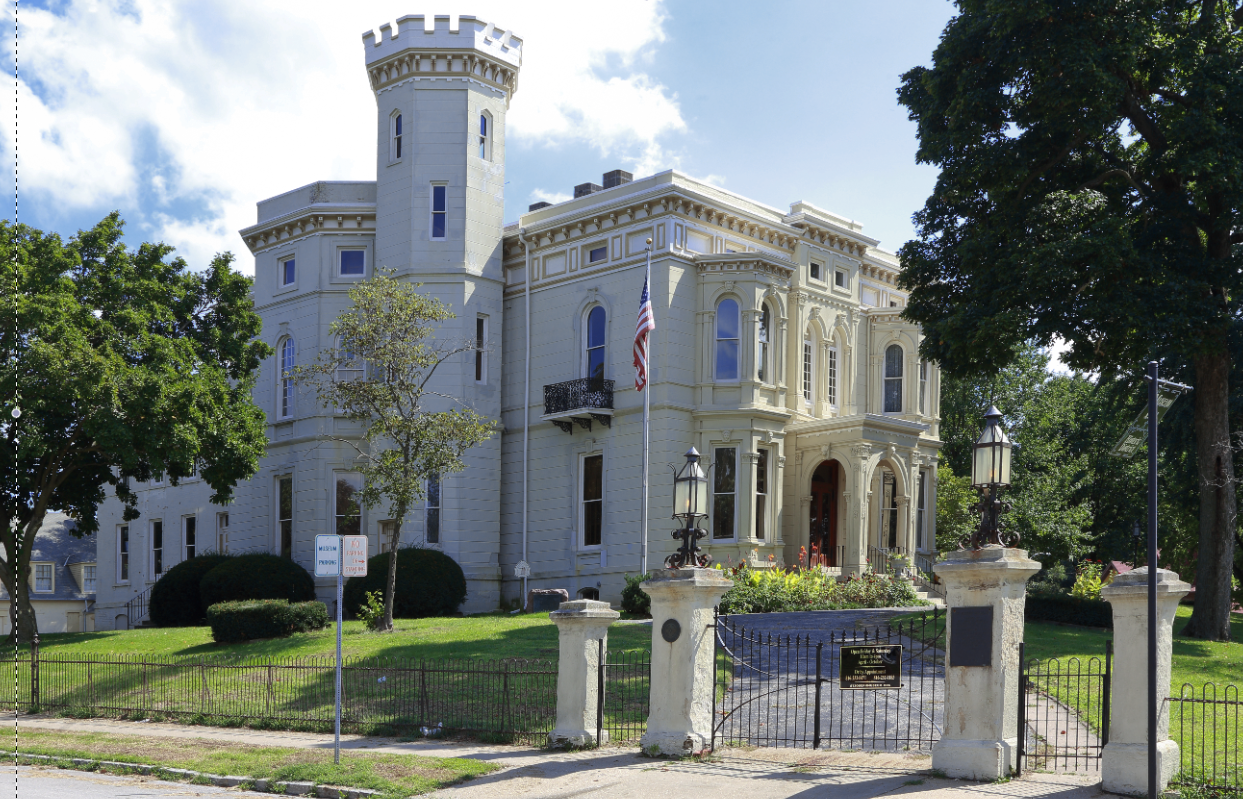
The Wyeth Tootle Mansion, Charles Street, Saint Joseph, MO, USA
Distance: 0.90 Away
Museums and Interpretive Centers
View Listing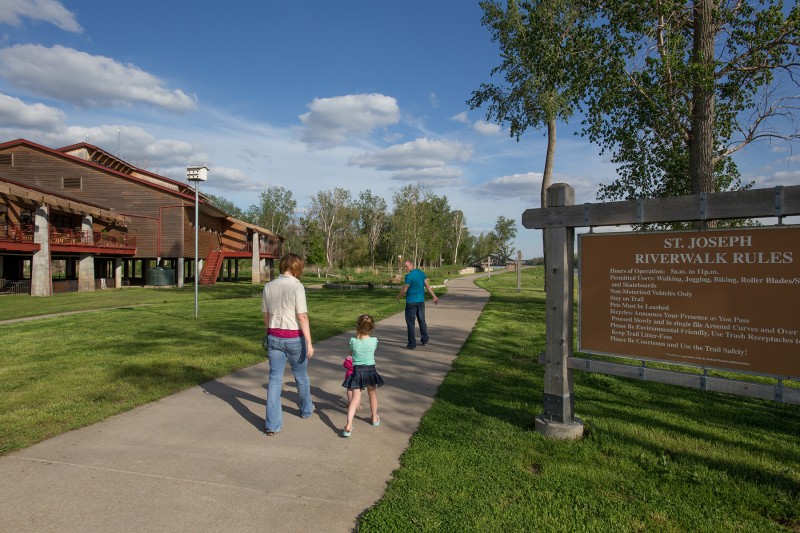
Remington Nature Center Of St. Joseph, McArthur Drive, Saint Joseph, MO, USA
Distance: 0.93 Away
Museums and Interpretive Centers Outdoor Experiences
View Listing
Pony Express National Museum, Penn Street, Saint Joseph, MO, USA
Distance: 1.37 Away
Museums and Interpretive Centers Guided Tours
View Listing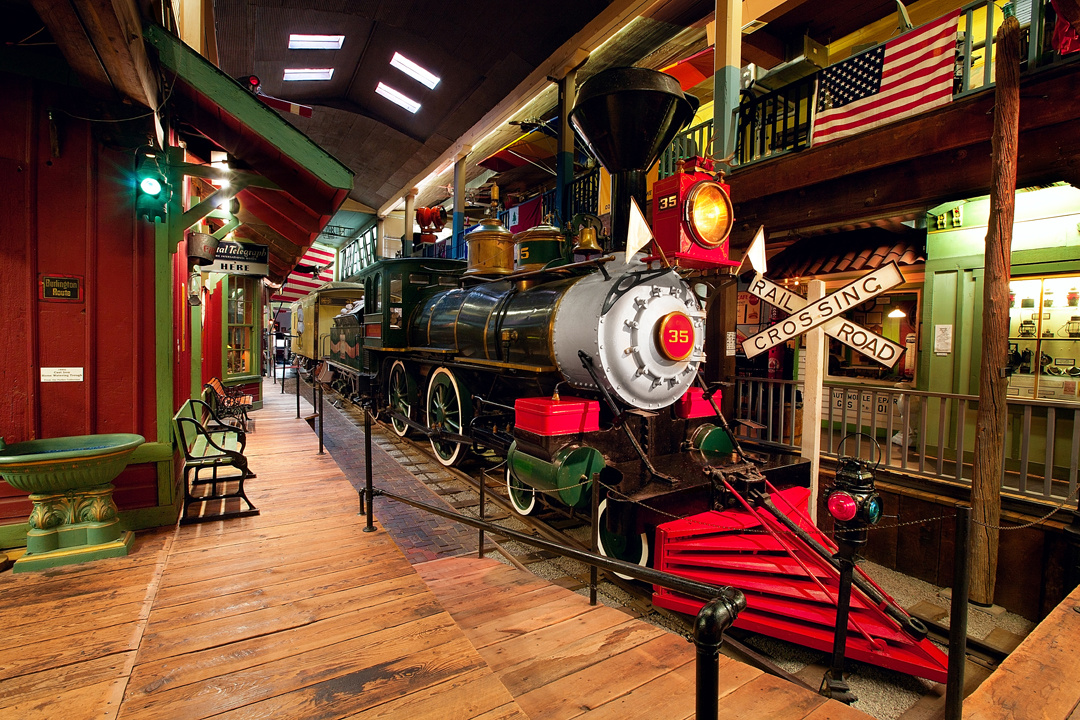
Patee House Museum And Jesse James Homes, Penn Street, Saint Joseph, MO, USA
Distance: 1.44 Away
Guided Tours Museums and Interpretive Centers
View Listing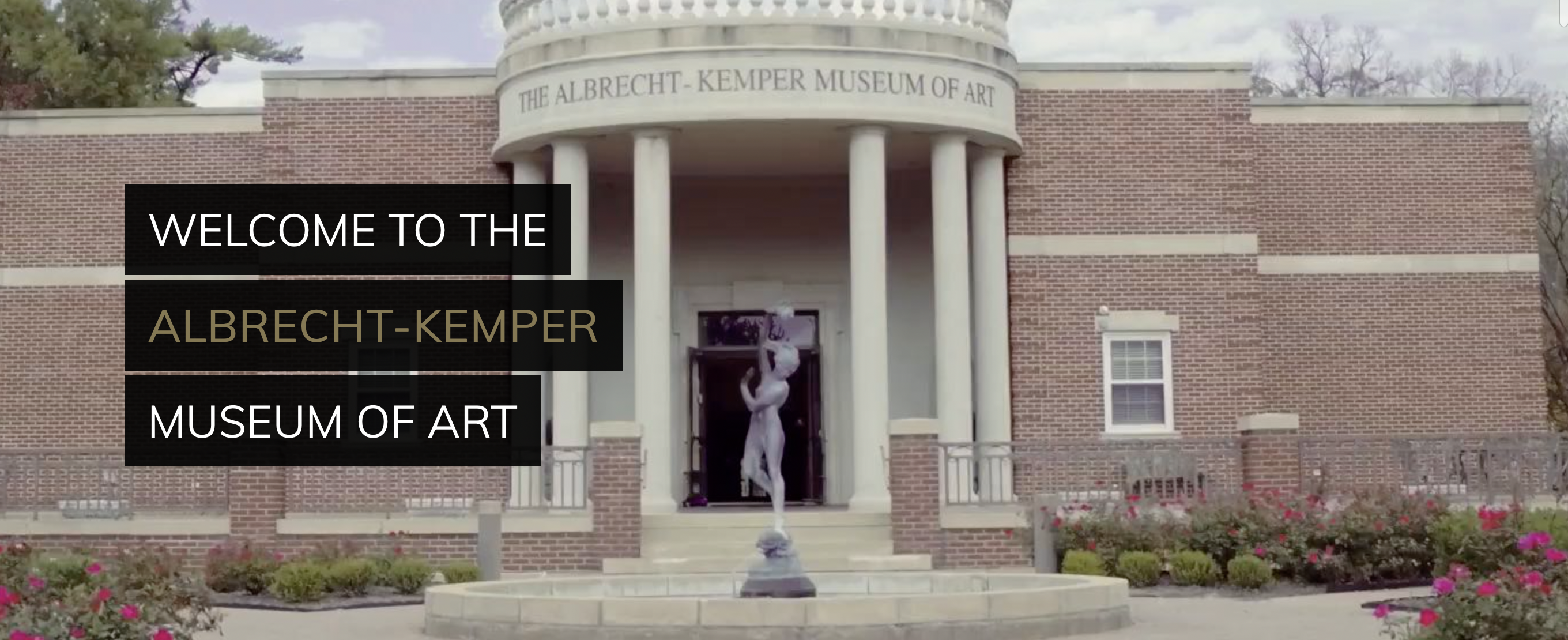
Albrecht-Kemper Museum of Art, Frederick Avenue, Saint Joseph, MO, USA
Distance: 1.80 Away
Museums and Interpretive Centers Guided Tours
View Listing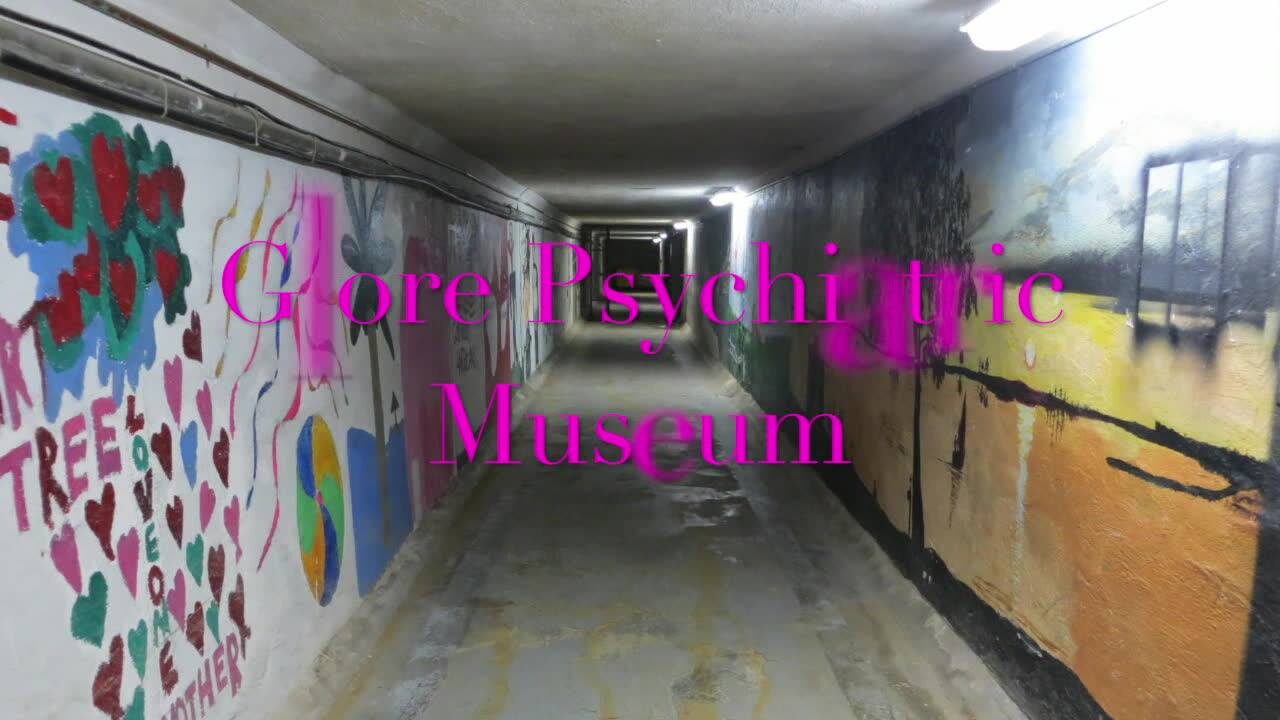
Glore Psychiatric Museum, Frederick Avenue, Saint Joseph, MO, USA
Distance: 2.58 Away
Museums and Interpretive Centers
View Listing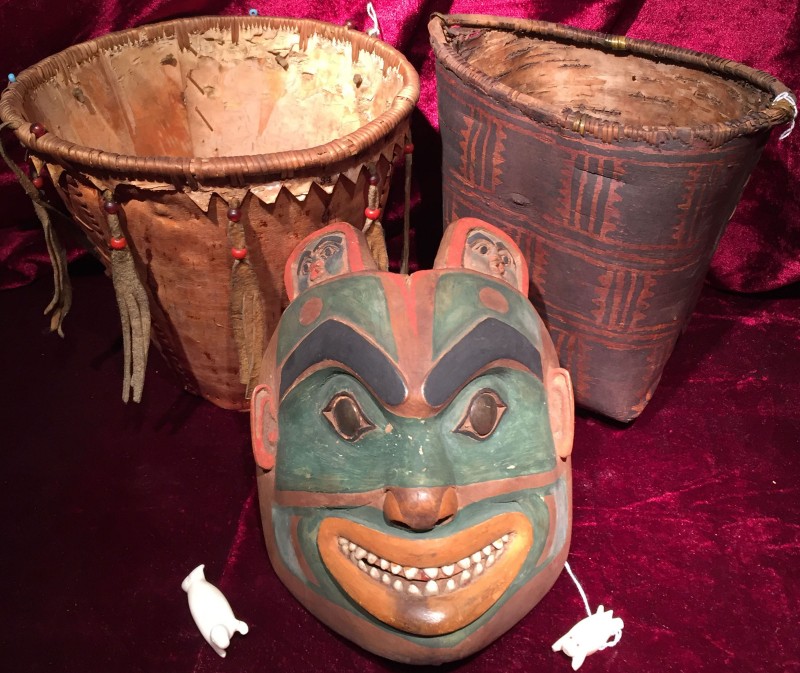
St Joseph Museums, Frederick Avenue, Saint Joseph, MO, USA
Distance: 2.58 Away
Museums and Interpretive Centers Tribal Experiences
View Listing
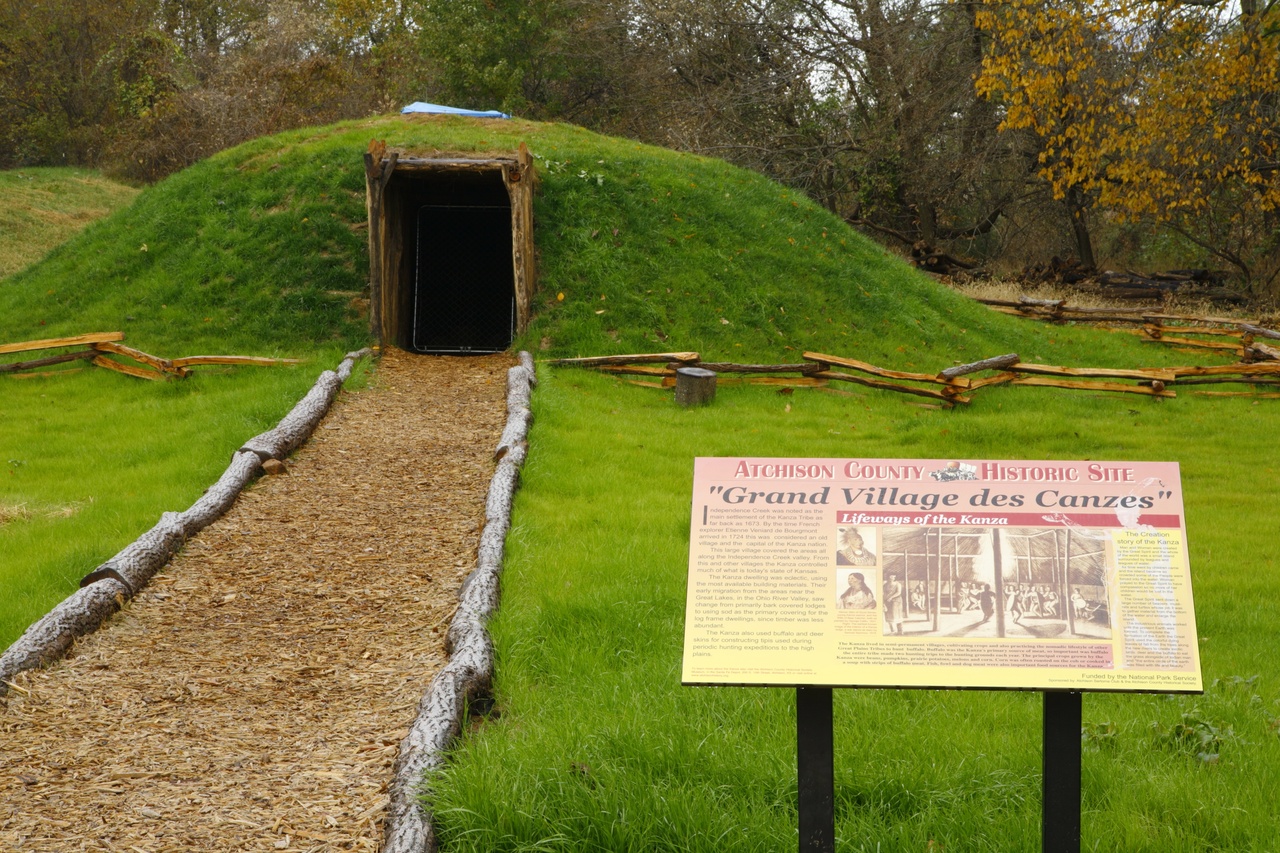
Independence Creek: Louis and Clark historical site, 314th Rd, Atchison, KS, USA
Distance: 16.68 Away
Tribal Experiences Outdoor Experiences
View Listing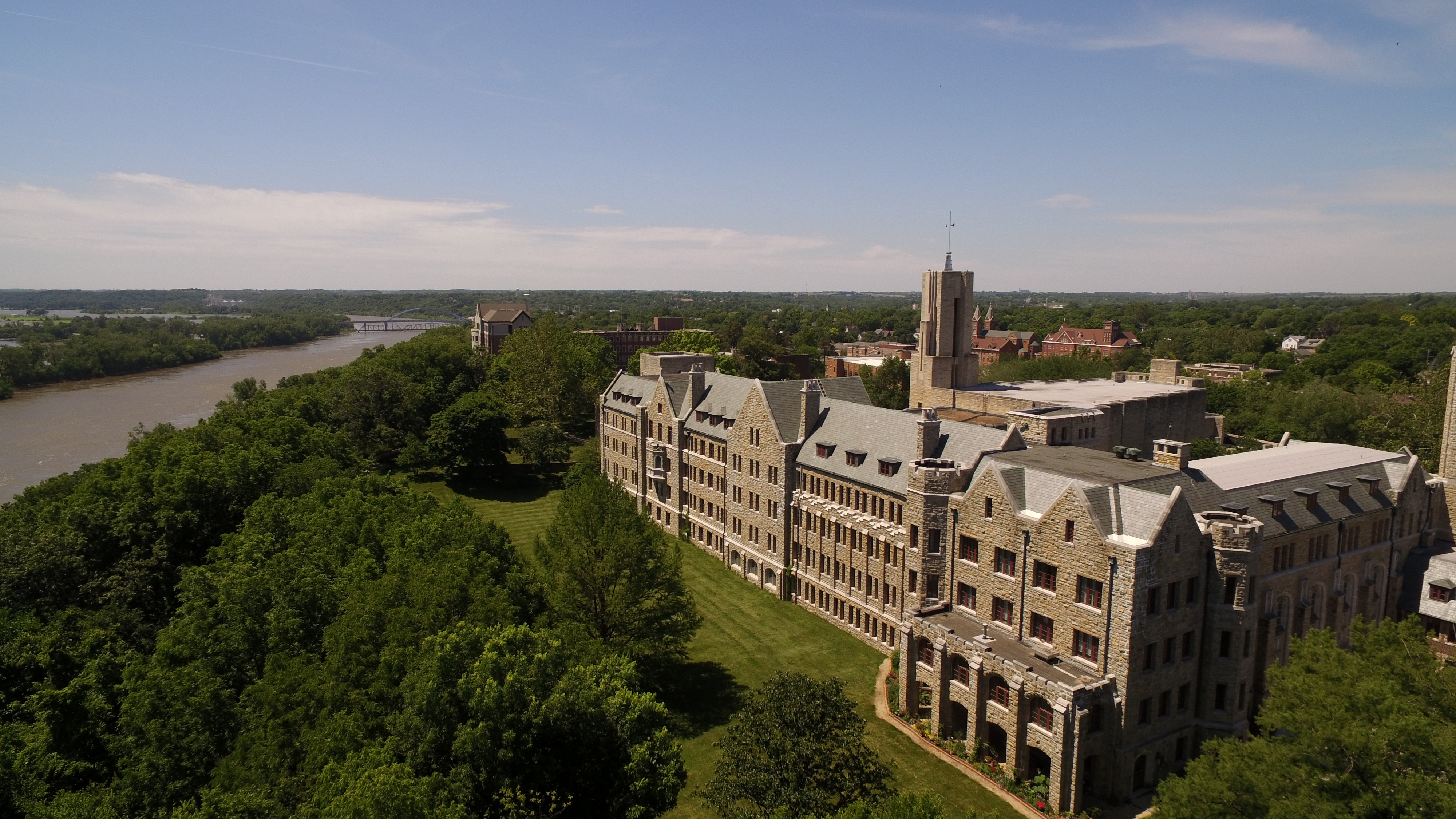
St. Benedict's Abbey, North 2nd Street, Atchison, KS, USA
Distance: 19.31 Away
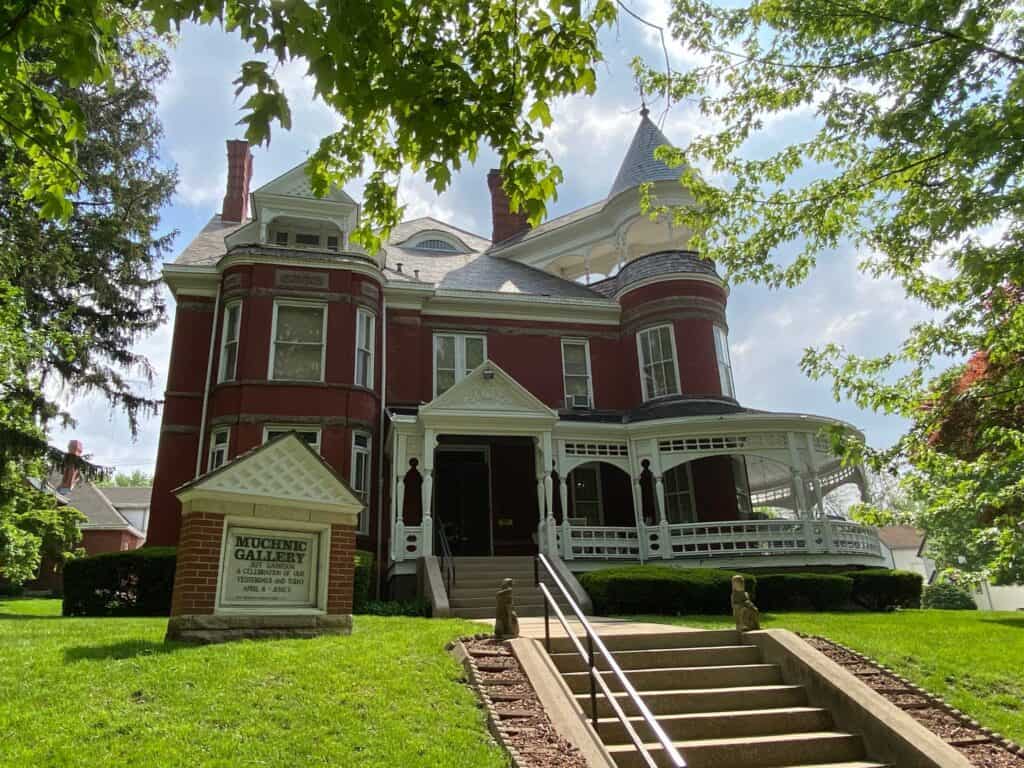
Muchnic Art Gallery, North 4th Street, Atchison, KS, USA
Distance: 19.86 Away